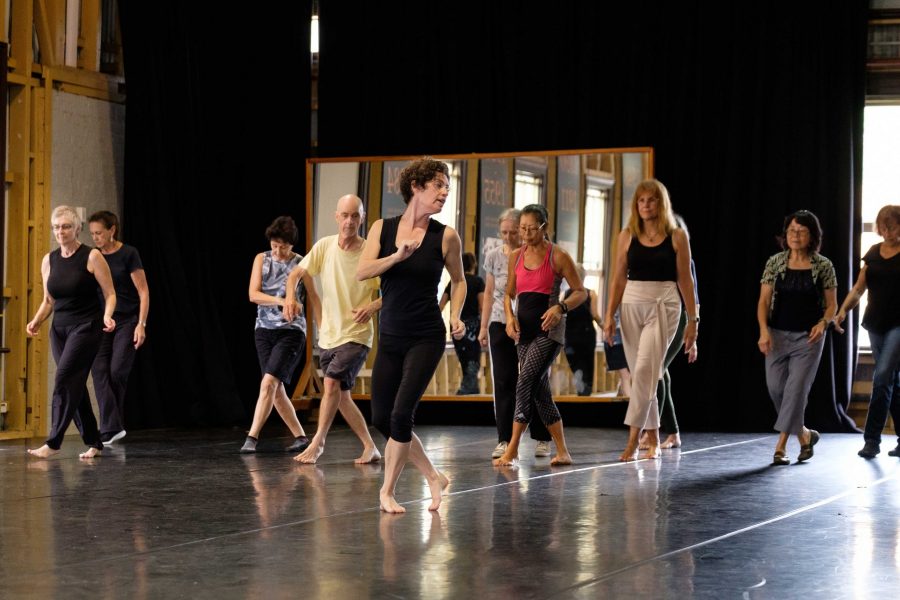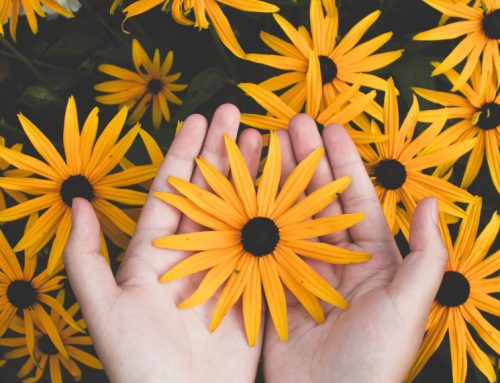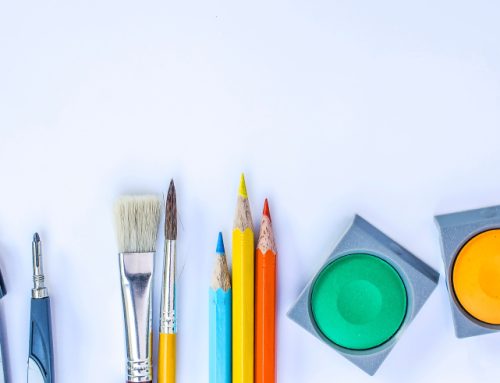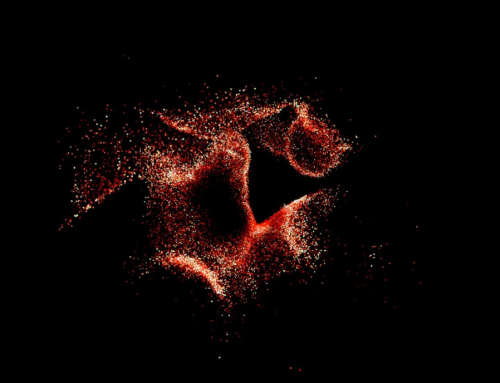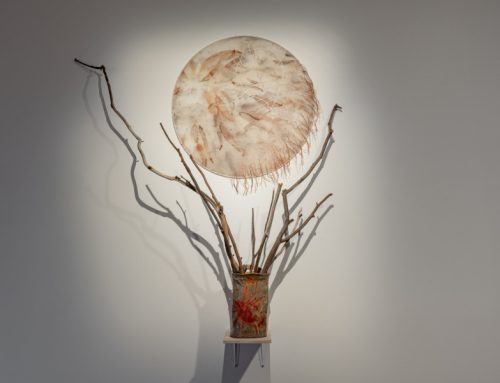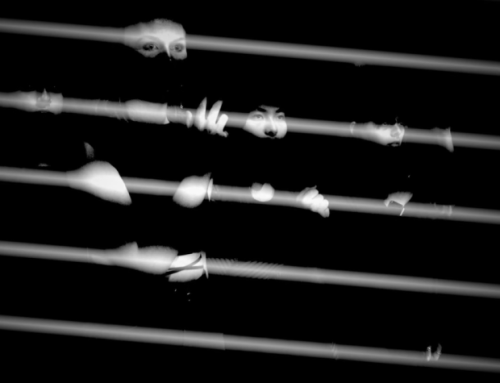An interview with Diane Busuttil from Creative Caring – expanding on dance as a socially engaged practice versus the perception of what a dance class is.
Diane talked with visual artist Dr. Yiorgos Zafiriou about her current practice and what is next for Creative Caring. Yiorgos and Diane have been sharing artistic interests around live performance, visual art and academic perspectives for a number of years. They partook in a DAAD (German Academic Exchange) mentorship program in 2013.
What is Creative Caring?
I began Creative Caring as an extension of my long career as a professional dancer and my own personal circumstances of caring for my father for six years who had dementia. Through Creative Caring, I bring dance programs to seniors in many formats; through socially engaged practice in a community setting, aged care homes and for seniors in residential living. Each of these programs are specifically tailored to the age and movement capacity of the people involved – everything from having an understanding of various movement limitations as well as neurological challenges, but more importantly are the safe dance practices that need to be implemented to ensure no one is injured and we all understand the benefits of anatomically correct movement structures.
Over the last 10 years I have been working with the elderly as a trainer, facilitator and movement consultant. I previously worked with the Arts Health Institute (AHI) and have expertise in all aspects of movement and dance education. Additionally, I have completed two online dementia courses through the University of Tasmania MOOC program and am a qualified Dance for Parkinsons teacher.
The most important aspect about the work I do is developing a sense of trust between the people I engage with, from there the care unfolds organically like a blossoming flower. When people trust you, they feel safe to share their vulnerability, and these traits are what connects us to each other. As a client once commented “everything meaningful is about connectivity, and that’s why dance is so important in bringing people together”.

Creative Caring Participants. Imaged supplied.
Why did you begin creative caring?
When I came back to Australia in 2015 after living in Berlin for 15 years, I wasn’t sure how my skills would fit into Australian culture given the lack of support in this country for artists and arts practice. I don’t have an off switch to suddenly not be an artist. In this way I believe simply being an artist is an anarchic act.
I thought long and hard about how my skills could be useful to society and also touch people’s hearts. The experience of being my father’s carer for six years, who had dementia, completely shifted the importance and social relevance of what I do and how I am in the world. My role as carer and advocate for my father inspires the work I do through Creative Caring. I have a strong desire to redirect my skills to engage and benefit others in the community through dance.
Regarding your creative practice, where are you at present?
I enjoy bringing community members together through dance. To create a space where they feel safe and can share their stories through movement and words. Through my dance sessions for people living with dementia, my community groups and through to my students at the Australian College of Physical Education (ACPE), I actively allow people agency to express themselves which empowers them. This encourages their sense of self and connection to others, which enables them to feel that dance IS for them, it is accessible and within reach – no matter what physical or mental challenges they face. In this way, dance is used as a healing modality.
Why?
My philosophy is that movement is a primary expressive language for all bodies. What I’m trying to do is make the delineation of active and passive, to make dance more accessible to all people with varying abilities. I do this by facilitating dance classes, live events and films that empower individuals and strengthen community engagement through a sense of belonging. Working within a community all types of community, from dementia spaces, students through to professionals – broadens the audience for dance, inspiring people to ask, “what is this and how can I take part?” A case study report issued by the Australia Council for the Arts (2015) states that “the notion of togetherness relates to connectedness; to sharing culture and identity and creating relationships. Connecting through dance and creative expression helps cultivate a feeling of groundedness as well as promoting wellbeing and agency in the world.” It is these connections that are vital to the growth of any culture and community, that’s why dance is so potent as a social glue.
What project(s) are you working on at the moment?
There are a few new projects on the burner at the moment. I’m preparing for numerous dance-based community events as part of the NSW Seniors Festival. I’m currently writing a new hybrid film project about Care, and in April resume another seniors dance course. Head over to my website and sign up to the newsletter to keep updated on my monthly events and happenings.
This year, I’ve been very fortunate to be one of the CASE incubator artists under the mentorship of Vic
McEwan from The Cad Factory. Myself and the three other artists; Sunita Bala, Harriet Body, and Dr Sarah Penicka-Smith have just returned from initiating discussions at the Wagga Wagga and Goulburn Art Galleries. The topics we discussed relating to each of our practices were:
- Undefined Roles – Being comfortable in working in ways that are undefined.
- Responsibilities of venues/programmers/directors/partners
- High Art versus Community Art – Why do we create a separation
- Are we activists? Social Change and prescribed outcomes.
Strong binding threads throughout all our work were; trust, vulnerability and care. It’s marvellous to be part of a group of like-minded people discussing the future of socially engaged practice, and what that means not only for artists and their immediate communities, but also for policy and broader structures of artistic institutions. The CASE Incubator residencies have so far been an enriching and emotional experience. Vic and Sarah McEwan are inspiring mentors.
Tell me about Creative Caring’s new vision?
I want to strengthen the value of artists’ work in society by bringing more attention to the value of socially engaged practices, that ultimately allow creative artists and the community participants more autonomy through a shared experience of purpose and connection. These programs will be the future solutions to many issues that are not dealt with very well in society – isolation, accepting & adapting to environmental change. These programs also create trust and strengthen bonds in communities, empower individuals and boost a sense of well-being.
Contemplate what is happening in the world at the moment, who are the people supplying immediate support and solution? It’s the community; arriving at the Ukraine-Moldova crossing and clowning to welcome new refugees into the country. In northern NSW, tradies and volunteers travelling from other regions to offer hands-on support, the Sikhs cook for the masses of displaced, homeless people affected by the flood disaster in Lismore. Local and international communities are self-organising in the absence of a centralising or regulatory authority. There’s a strong social aspect of people getting together and using various art modes to conjure creative solutions to mobilise and empower communities. I believe this is one of the blaring lessons Mother Nature is asking us to adhere to in these times of abominable tragedy and displacement: to use what we already have – compassion, empathy and care.
The last couple of years have been quite difficult for artists. I would say sharing and connection is important and critical in your work. How did Covid-19 affect your business and what directions have you had to pivot to?
Creative Caring, like many other businesses, adapted to arts education in a pandemic world.
I created a dance studio at home and started teaching on Zoom, initially the first classes were done from my backyard then I made the commitment and threw out furniture from the living room, got a tarkett floor and a better sound system. It was definitely worth the investment. Agnés Michelet, from FORM Dance Projects, and I decided a dance film would be the perfect remedy. I worked with 20 women between the ages of 50 – 60. We got together over an eight or 10 week period and used movement, dance, creativity, joy & social engagement to create a beautiful film called TOGETHER WE DANCE. It was like a little party for an hour and a half every week; sharing ideas and listening to each other’s stories and insights Covid-19 experiences. The creative part of the movement sessions really lifted people’s inhibitions and initiated a lot of confidence in the group. They were encouraged to reach further than their safety zone. They all felt a strong sense of belonging which was one of the main goals. I worked hard to create this atmosphere during the sessions and break out rooms really encouraged more intimacy and creative play. It was a joyous project.
Two of the participants were over the age of 80 and were confined to their own homes. Covid-19 stay at home restrictions were a challenge for them and the weekly sessions became a strong part of their social engagement. Some of them commented that this project was holding them through the tough times of the pandemic. You can read more about the making of TOGETHER WE DANCE published in the International Journal of Screendance.
What are the Health Benefits of Dance for Seniors?
It is a well known fact that keeping active is essential for healthy ageing. Dance is the perfect modality as it combines coordination, balance, heart rate increase as well as creativity – not to mention the direct mental and social benefits of dancing together in a group.
Evidence:
Findings from a recent study conducted in Canada during Covid-19 used dance interventions as a way to “facilitate embodied social connections among older adults.” The results of this study concluded that “Overall, research results appear to support these claims; dance-based interventions have been shown to improve participants’ quality of life, satisfaction with life (McNeely et al., 2015b), mood and depression (Crumbie et al., 2015; Hyvönen., 2020).” These qualities resonate strongly in the film, Together We Dance. In addition to these positive personal and social outcomes, neurological benefits formed from creating and embellishing choreographic patterns is a great way to keep the mind engaged as new neurological patterns are being formed. The repetition of choreography from week to week also enhances memory capacity.
Ageing Statistics:
According to the Australian Bureau of Statistics, by 2050 around one quarter of all Australians will be aged 65 years and over, they also estimate that Australians aged 85 and over will increase from to 1.8 million by 2050. That’s a lot of older Australians needing support for healthy ageing! One in three of these people are from diverse cultural and linguistic backgrounds, with around 840,000 Australians aged 65 years and born overseas.
Prevention:
The NSW Fall Prevention and Health Ageing Network claims that 30% of adults aged 65 and over will experience at least one fall a year, and that exercise can reduce the number of falls over time by around 23%. Balance exercises are particularly useful in curbing this percentage and reducing falls. Dance classes are the perfect solution for falls prevention if tackled early on. I have the privilege of seeing this in action each week as my participants grow physically stronger and more confident in their ability to move and express themselves through dance, from either a standing or seated position.
Creative solutions:
As part of my planning and weekly session structure, I incorporated the use of repeating movements that developed into choreographic patterns. Most combinations are rhythmically structured to a regular bpm (beats per minute) that, at times, was modified to accommodate the groups’ comfort needs. These patterns encourage new neurological pathways to be formed. My direct objectives for the dance and creative sessions were to use movement sequences to enhance balance, lower leg strength, cognitive processing speed and the ability to complete creative tasks within a short time frame. All of these objectives align with similar aims for people living with dementia and other cognitive disorders as well as being key components that support prevention of diseases relating to cognitive decline.
Social outcome:
Overall health, both mental and physical, is enhanced through community projects such as Together We Dance that serve to reduce feelings of isolation and increase social support. During this unique period of Covid-19 lockdown in Sydney, Australia, the participants needed to feel connected to like-minded people. Dancing together on zoom was the perfect medium to achieve that goal.

Creative Caring Participants. Imaged supplied.
What is the biggest challenge of being an artist?
I prioritise maintaining inner stability in a precarious art-world environment. In addition to my dance practice, I support my mental health by doing yoga and breathing techniques (Pranayama) almost daily. I also read & garden a lot which I find relaxing. If I’m not stable in myself, it’s not possible to operate calmly – Like a droplet of water that resonates a circular flow around it. Dance, breathing and movement relate to the broader ecosystem of our holistic health.
A final question. What advice would you give yourself if you were starting out as an artist today?
- Dream big and go for what you want.
- Follow your heart, trust yourself
- Know your worth and keep doing what you love until it becomes your life.

Diane Busuttil @briandohertyphotography. Image supplied.
About Yiorgos Zafiriou
Yiorgos Zafiriou is a contemporary visual artist whose practice is centred as a working artist in academia while maintaining ongoing participation in exhibition practice and regularly undertake live performance. He has lectured at the University of New South Wales, Art & Design and authored an online Postgraduate course in Performance Art. He has a conscientious practice working confidently across a number of media such as photography, video, three dimensional objects, and performance. He has participated in performance events in Australia and Thailand and undertaken further research in Europe and Asia. He is passionate about art and its power to generate societal change and touch people’s hearts.
Diane’s social handle is: @creativecaring01
Post by Rosa Clifford.
Images supplied.
Feature image photo credit: @asparay
